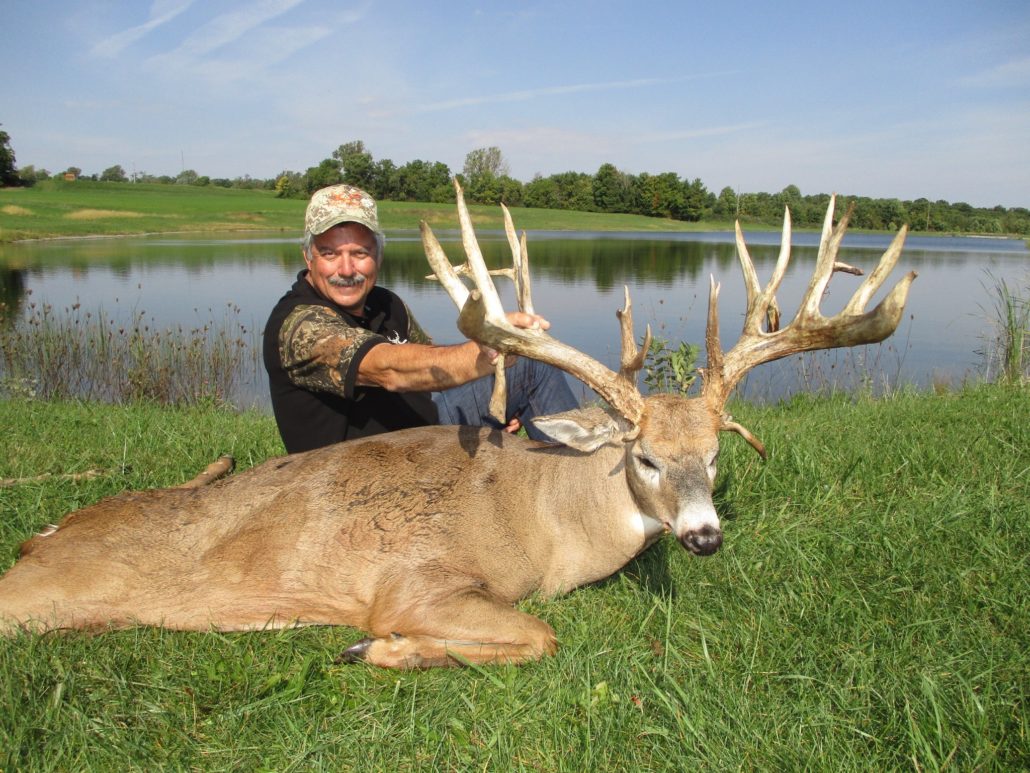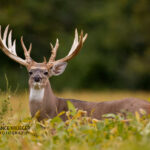When it comes to producing trophy Ohio whitetails it’s oddly enough quite simple, involving only three factors: genetics, age, and nutrition. These three factors have been managed for intensively here at Briarwood Sporting Club. The right genetics, letting bucks advance into older age classes, and a healthy and productive habitat are all our top priority. When combined, high caliber deer, unmatched hunting, serene wilderness habitat, and stunning amenities produce a trophy Ohio whitetail outfitter experience that can’t be beat.
Briarwood Sporting Club is home to a trophy Ohio whitetail estate. Unique experiences coupled with the perfect natural habitat creates the ideal setting for the hunt. Several years have been invested compiling the industry’s best whitetail genetics to provide our clients with the largest whitetails in North America. On our guided whitetail deer hunts, one can expect to see several whitetails in excess of 200″ and have the opportunity to harvest the “Buck of a Lifetime.” On the other hand, Briarwood also offers open range hunting with the same amenities and lodging offered. Simply put, Briarwood Sporting Club is the total package, it is a trophy Ohio whitetail outfitter with top-notch lodging, a hunting experience, and a setting that can’t be beat!
How We Produce Trophy Ohio Whitetails
What is important to understand about antlers is that they are considered secondary sexual characteristics. In other words, in order of importance in a buck’s life, annual antler growth doesn’t rank as the number one priority. Instead, survival and maintaining a healthy body does. Now within this relationship of the three, they are bound together, each requiring the benefits of the others. For instance, without the genetics for trophy antler production, the factors of age and nutrition provide little assistance in acquiring a level of exceptional antler growth. Thus when we have these three factors working together this creates the opportunity to produce the best antler growth possible. Now, of those three, let’s first look at how genetics influences the production of trophy whitetails.
Genetics
Undoubtedly what attracts hunters to whitetails is the sheer diversity in antler growth – which is the result of antler genetics. We want to produce and hunt bucks that possess trophy antler characteristics. At times antler growth, especially trophy antler growth, appears to be a roll of the dice. But is it? When speaking of antler genetics, there are regions within all states where whitetails reside that hold “pockets” – some large, others smaller, of genetics that consistently produce good numbers of large antlered deer. And on the flip side, there are areas within those states that produce an abundance of average antlered deer that will at times find themselves with an outlier that exhibits exceptional antler growth.
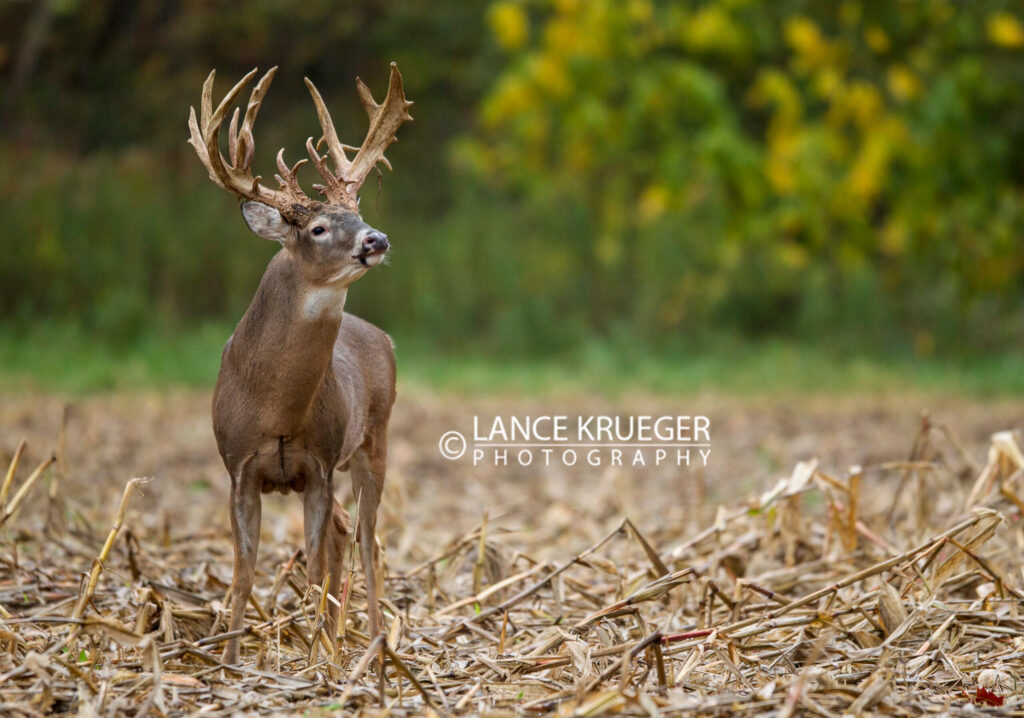
In this case, it is a “roll of the dice” that a trophy will be produced. Such is the fascinating world of genetics. But in those aforementioned “trophy” areas, they simply have genetics shared by both the bucks and does that create the opportunity to consistently produce high numbers of trophy class bucks, year in, year out. Therefore within the populations that contain exceptional antler genetics they obviously have the best odds of producing trophy bucks in any given year. When it comes to trophy antler production, we have to pursue them where they exist. What does it take to produce trophy whitetails? The foundation begins with the right genetics but once again, without age and nutrition, even superior genetic qualities will not be fully expressed.
With understanding the important role of genetics in producing trophy antlers and why some areas produce more trophy deer annually than others, what can we do with the genetics we have in our given hunting locations to provide them with the best opportunity to fully express their potential? This is where age and nutrition come into the equation.
Age
Age plays a fairly large role in trophy whitetail production. It is known that allowing a white-tailed deer to mature gives them the greatest opportunity to maximize antler growth and body size. The question often asked is, why is this? Bucks are in the process of growing and developing their body structure, therefore calories are prioritized to those areas, not to antler growth. In addition, through these early years, young bucks will be “pushed out” or dispersed by their mother and thus moving quite frequently in an effort to establish a new home range. Considering these events of their early years, bucks face the daily stress of potential predation (internally and externally), perhaps less access to quality nutrition and frequent movement, all of which impact their physical well-being. As stated earlier, antlers are secondary sexual characteristics….they receive the “leftovers” of antler building materials from the body, once the body is taken care of.
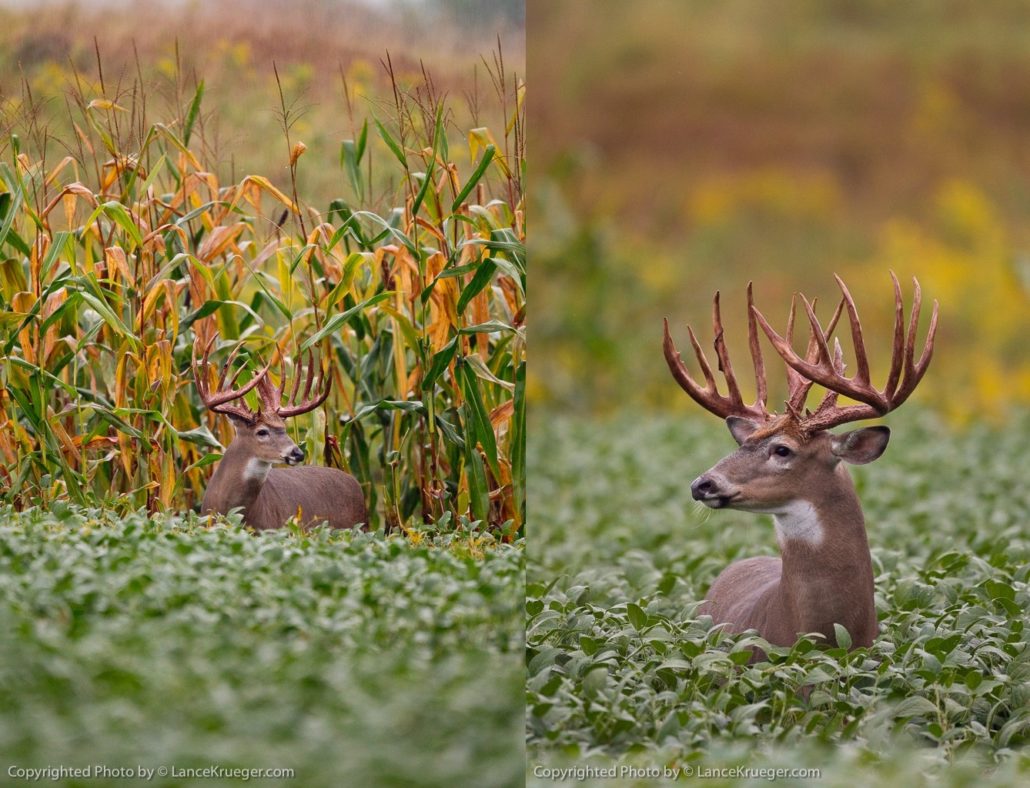
This is why, as deer managers, we try to manage the age structure of the buck portion of our deer herd to ensure we have healthy numbers of mature deer. At maturity, bucks have an established home range – thus they have fewer factors working against them that would inhibit maximum antler growth. This is the time in a buck’s life that they can begin to efficiently maximize the quality and quantity of nutrition that is available to them and allocate more resources (calcium, protein, fats, etc.) to antler growth. What does it take to produce trophy whitetails? The foundation is the right genetics. From the right genetic foundation, the structure has the opportunity to achieve its genetic potential upon reaching maturity. The potential growth is now only limited by nutrition. In the case of Briarwood, having the perfect balance in herd dynamics coupled with a pristine habitat and access to quality food sources, deer are allowed to express their full genetic potential!
Nutrition
Nutrition plays a very important role in the production of trophy whitetails and that starts at conception and continues through development in the womb to maturity. It’s quite simple, there is a reason why your mom wanted you to eat your fruits and vegetables in addition to meat and a glass of milk…she knew the importance of proper nutrition in the development of your mind and body at an early age! Deer are no different.
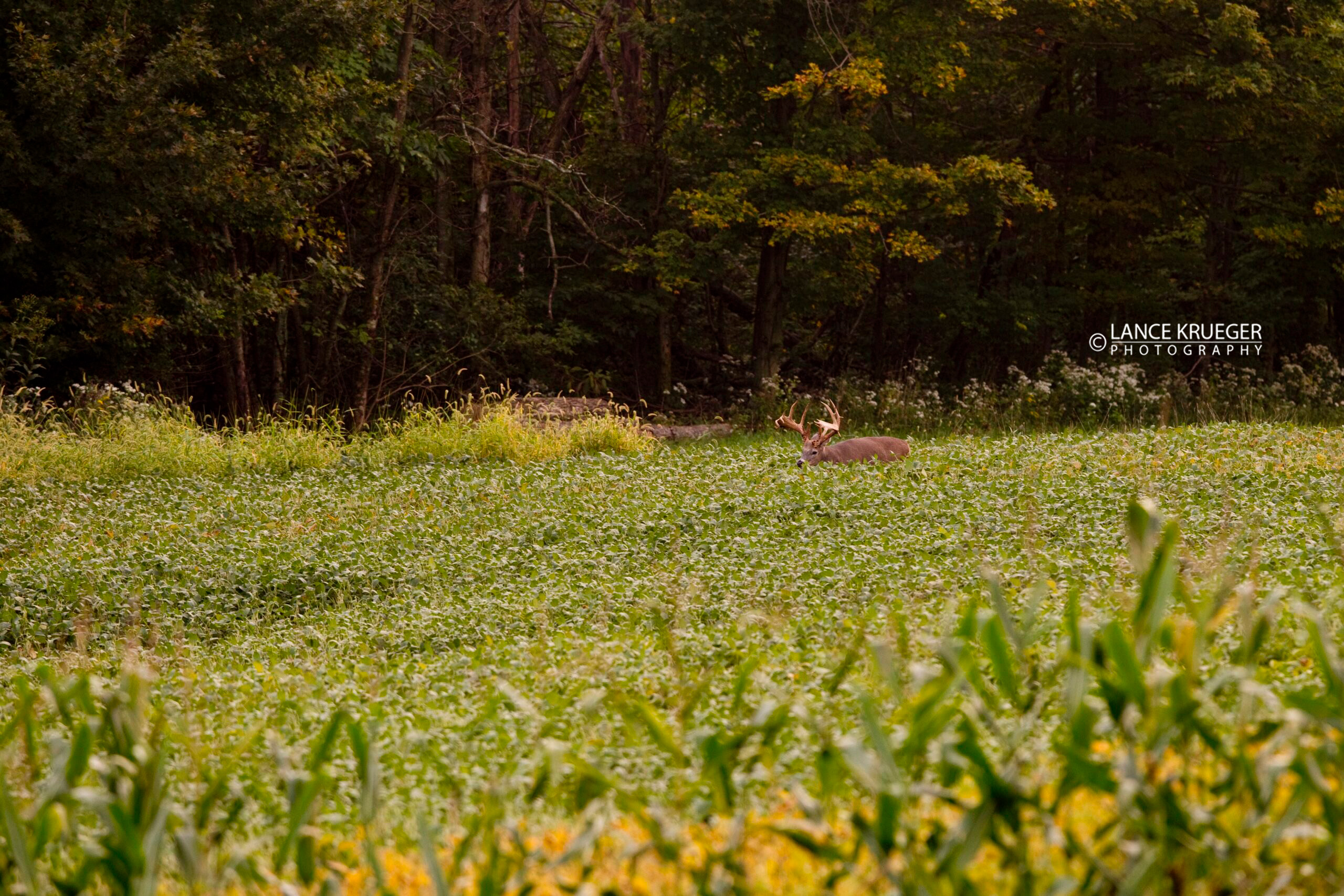
Bucks can have the best genetics in the world in regards to trophy antler production, but if they do not have access to sufficient quality nutrition, preferably throughout life, they can struggle to ever fully express their genetic potential. As secondary sexual characteristics, antler growth can and will vary from year to year based on the quantity of quality nutrition that is available to a buck throughout the year.
What does it take to produce trophy whitetails? The foundation is the right genetics. From this foundation, the structure has the opportunity to achieve its genetic potential upon reaching maturity. The quantity of quality nutrition that is readily available will dictate the extent to which trophy antlers are developed. With a mix of habitat, mature timber, proper deer densities, the right genetics, and around 80 acres of highly nutritious deer plots we are able to produce world class whitetails.
